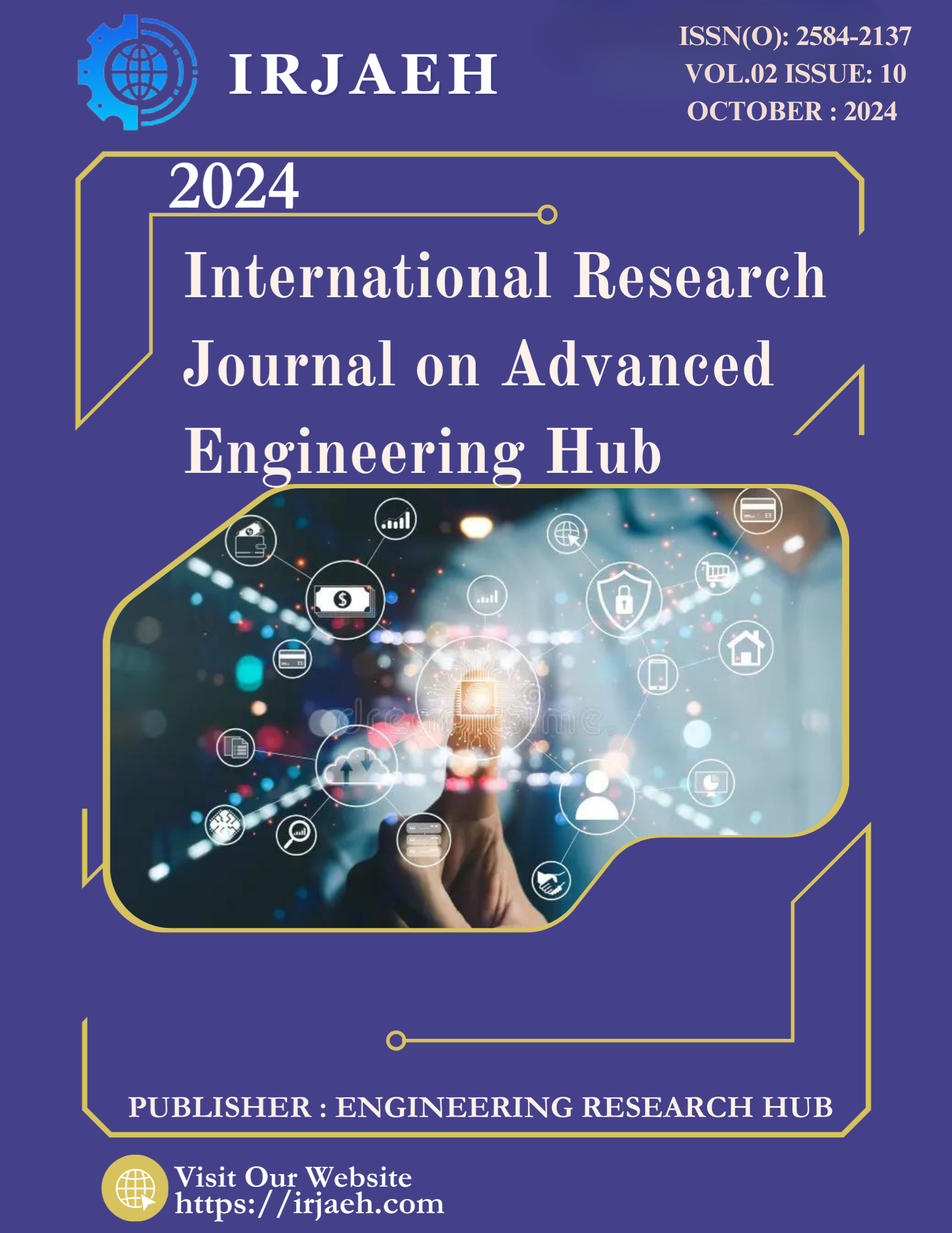Ejection of Real-Time Malicious Intrusion and Attacks in IoT Empowered Infrastructure
DOI:
https://doi.org/10.47392/IRJAEH.2024.0336Keywords:
Security Assaults, Anomaly Detection, Cybersecurity, Intrusion Detection Systems (IDS), Deep LearningAbstract
The project recognizes the pervasive threat of computer viruses, malware, and hostile attacks on computer networks, highlighting the critical role of intrusion detection as a proactive defense technology. The project introduces a novel approach based on deep learning to identify and mitigate cybersecurity vulnerabilities and breaches in IoT-driven cyber-physical systems, aiming for enhanced security measures. The project's objective is to elevate intrusion detection beyond the limitations of traditional systems by addressing issues like accuracy, detection effectiveness, and reducing false positives. This emphasizes the advancement and innovation in cybersecurity. To achieve the project's goals, the method employs a generative adversarial network, a cutting-edge deep learning technique. Additionally, it distinguishes itself by contrasting unsupervised and deep learning-based discriminative approaches, showcasing a comprehensive and effective approach to cybersecurity. In our project, we successfully implemented an ensemble method to boost predictive accuracy by integrating multiple individual models. Particularly noteworthy is the inclusion of a hybrid architecture, combining Convolutional Neural Networks (CNN) and Long Short-Term Memory (LSTM), denoted as CNN+LSTM. This hybrid model achieved an impressive accuracy of 99% when applied to the KDD-Cup dataset, underscoring the efficacy of our ensemble technique for intrusion detection in IoT- based cybersecurity infrastructures.
Downloads
Downloads
Published
Issue
Section
License
Copyright (c) 2024 International Research Journal on Advanced Engineering Hub (IRJAEH)

This work is licensed under a Creative Commons Attribution-NonCommercial 4.0 International License.

 .
. 